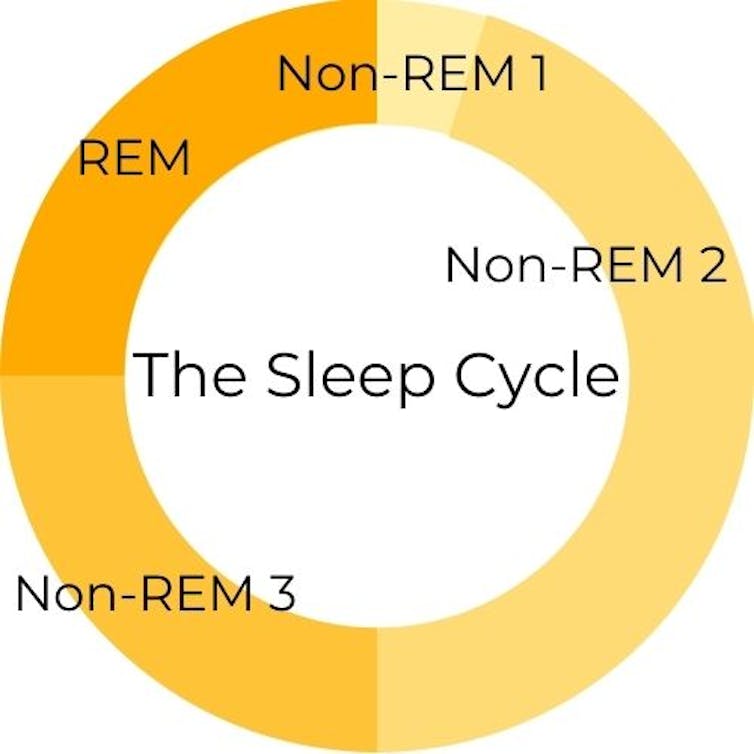
AP Photo/Gene J. Puskar
Roger Alford, University of Notre Dame
Of all the reasons it could be hard to pay rent each month, did you have an algorithm-powered illegal cartel on your list?
Millions of people across the United States are paying far more rent than they can reasonably afford, with rental housing prices rising far quicker than household income. In 2022, 22.4 million U.S. households were spending more than 30% of their income on rent and utilities, up from 20.4 million in 2019.
Many of these households faced severe cost burdens, with an all-time high of 11.6 million struggling with housing costs that consume more than half of their income. In Chicago, Cincinnati, Minneapolis, Virginia Beach and Washington, year-over-year rental prices are climbing at double-digit rates.
Several factors drive the high cost of rentals, including increasing demand, a dwindling supply of low-rent units, the rising cost of capital to build new rentals, and regulatory barriers restricting the construction of multifamily units.
But there’s another surprising factor driving up rental prices: landlords colluding with the help of technology. The U.S. Justice Department is suing the company RealPage, Inc., accusing it of selling software to landlords that allows them to collectively set prices – the illegal practice of price-fixing. As a former official in the Justice Department’s Antitrust Division and a law professor, I’ve been following the case closely.
The perils of price-fixing
The Federal Trade Commission defines price-fixing as an agreement, conspiracy or combination among competitors to raise, fix or otherwise maintain the price at which their goods or services are sold.
Any agreement that restricts price competition violates the antitrust laws. Examples of price-fixing agreements include commitments among competitors to hold prices firm, adopt a standard formula for computing prices, or adhere to a minimum fee or price schedule.
So when competitors share proprietary, confidential current price information – directly or indirectly through an intermediary – to stabilize or control industry pricing, they have crossed the line into illegal collusion, according to the FTC. That is the case in major portions of the U.S. rental market, the Justice Department argues.
One algorithm for all
In August 2024, the Justice Department and eight states filed a lawsuit in a federal court in North Carolina against RealPage. The Justice Department accused the company of selling software to landlords that collects nonpublic information from competing landlords and uses that combined information to make pricing recommendations.

AP Photo/Mark Schiefelbein
Landlords who use the software input the rental prices they charge, and the software aggregates all the data from the company’s customers. The software’s algorithm then makes recommendations for what to charge. The recommendations are generally higher than the current market rate, and most customers take the recommendations, which push prices in a market higher.
Even if landlords retain some authority to deviate from the algorithm’s recommendations, it is illegal for competing landlords to jointly delegate key aspects of their pricing to a common algorithm, according to the Justice Department suit. The Justice Department declared that “RealPage replaces competition with coordination. It substitutes unity for rivalry. It subverts competition and the competitive process. It does so openly and directly – and American renters are left paying the price.”
The case is unusual in that, unlike a typical price-fixing cartel, the landlords used RealPage’s algorithms to dramatically improve their ability to engage in price-fixing. Algorithmic price-fixing is typically easier and more effective than other types of cartel behavior. The software can easily aggregate massive amounts of proprietary data, optimize cartel gains, monitor real-time deviations from cartel pricing and minimize incentives to cheat.
“It’s much easier to price-fix when you’re outsourcing it to an algorithm versus when you’re sharing manila envelopes in a smoke-filled room,” Justice Department antitrust chief Jonathan Kanter told The New York Times.
Since 2022, RealPage and various property managers have been named as defendants in more than 30 class action lawsuits alleging the RealPage software is used to unlawfully fix rental prices. Federal courts tend to be sympathetic to such arguments, as shown in the denial of a motion to dismiss the case in one of the private lawsuits filed against RealPage.
In that case, the court held that a price-fixing agreement could exist as a matter of law. Landlords provided RealPage’s algorithmic system with their proprietary commercial data, knowing that RealPage would require the same from their competitors and would use all of that data to recommend rental prices to all of the company’s clients.
Classic price-fixing or data-driven decisions?
Some landlords seem to be aware that in sharing confidential price information to RealPage’s software, they were facilitating the unlawful monitoring and raising of rental prices. The Justice Department complaint quoted a landlord commenting on RealPage’s software, “I always liked this product because your algorithm uses proprietary data from other subscribers to suggest rents and term. That’s classic price-fixing.”
Even RealPage’s own executives have boasted that when landlords collectively use their software, they can use “every possible opportunity to increase price,” according to the complaint.
RealPage argued that its software “simply helps landlords make data-driven decisions” in a competitive market. The company claims its tools are designed to reflect market conditions and optimize occupancy rates, not to engage in price-fixing.
The company describes the impact of its alleged collusion with landlords as “a rising tide [that] raises all ships.” Perhaps a better description for their service is a rising tide that raises all ships for those who have one.
The Justice Department’s case and the private cases are in the early stages of litigation. If the department is successful, RealPage will be barred from engaging in the anticompetitive practices related to helping landlords share proprietary pricing information.![]()
Roger Alford, Professor of Law, University of Notre Dame
This article is republished from The Conversation under a Creative Commons license. Read the original article.




















































